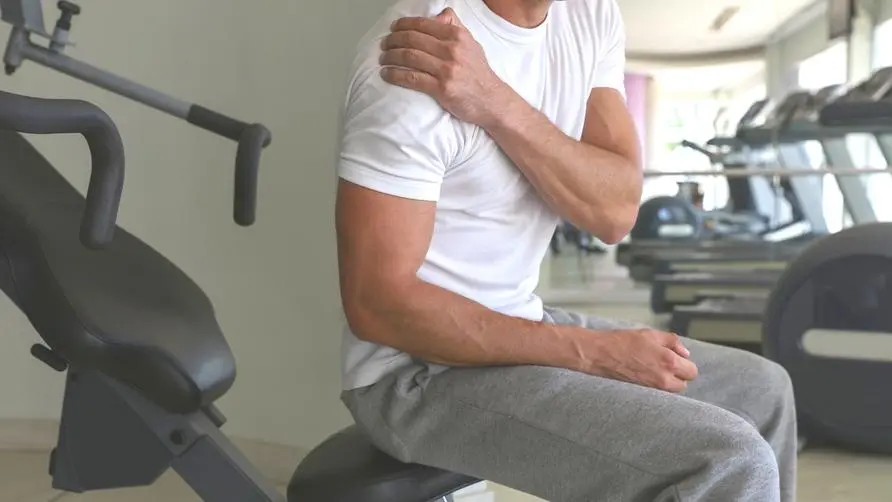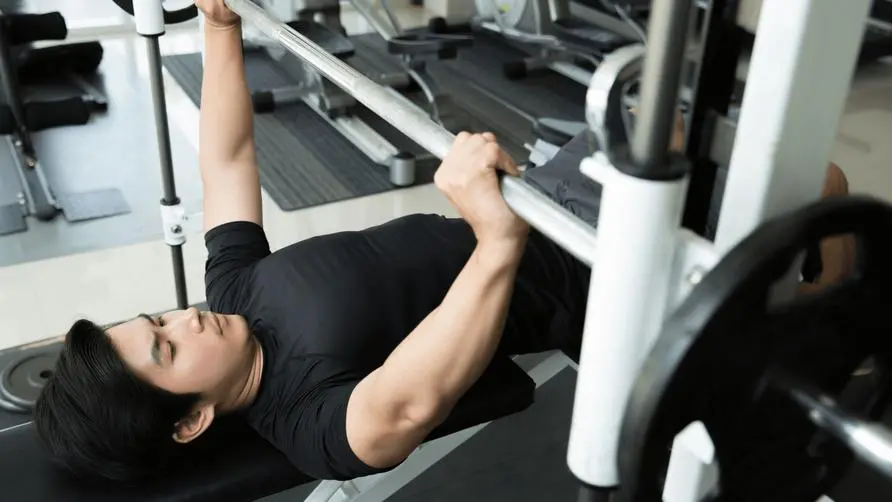Can wearing "tights" during exercise help muscles recover and improve sports performance? Study: Very limited effect

Wearing “tights” to exercise has become a trend in recent years. Not only has it become a must-have item in fashion, academic circles also generally believe that tights can reduce muscle tremors during exercise, assist muscle speed recovery after exercise, and reduce muscle soreness and swelling. feel. However, a recent issue published in “Springer Link” shows that wearing sports tight clothing during or after training does not promote muscle recovery and has “very limited” effect on improving training performance.
Can Wearing Tights Help Muscle Recovery and Improve Sports Performance? Japanese research shows: The effect may be limited
Tohoku University in Japan recruited 350 athlete subjects (251 men and 99 women) to wear tight clothing and perform various sports measures, including judo, fighting, weightlifting bench press, high jump, long jump, uphill sprint, etc. project. In addition, through meta-analysis, the study selected 22 previous studies and the above-mentioned athlete experiments as references to evaluate the effectiveness of sports tights on training.
The findings are contrary to the hypothesis that wearing tight clothing during and after training does not appear to promote muscle strength recovery after exercise. In particular, it has almost no effect on long-term sports performance, such as running and repeated sprints (such as 50-meter dash or 100-meter dash); “Plyometric Training” (Plyometric Training), which is commonly used by athletes to train speed and explosive power, has no significant effect. Reduce strength loss caused by training.
Study author Janos Negyesi said that in view of the increasing awareness of sports safety, many athletes have indeed begun to wear sports tights in recent years, hoping to improve sports performance. However, according to the study results, tight clothing is unlikely to alter metabolism, blood pressure, heart rate and cardiorespiratory function within body tissues. This also means that in the past, academic circles believed that the benefits brought by tights, such as reducing lactic acid accumulation, improving spinal cord stimulation, and optimizing neurotransmission, were “very limited.”
“The biggest benefit of tights may be that it allows the body to heat up quickly and enter the training state faster. Sports performance depends on whether the athlete’s muscle endurance and explosive power are functioning normally.” Negyesi explained.
“Four major measures” to take before and after training to prevent muscle damage and sports injuries
Even though wearing tights has limited effect on training and limiting muscle soreness, people still need to pay attention to warm-up measures before and after exercise during daily exercise, which may have a certain effect on reducing muscle soreness. Two studies in the “Journal of Athletic Training” pointed out that placing the sore parts on a “foam roller” after training, and then rolling for 20 minutes, can help reduce “delayed onset muscle soreness”. In addition, through the combination of massage and daily dynamic stretching, muscle soreness can also be reduced.
“Cambridge University Press”, a publication of the University of Cambridge in the United Kingdom, also mentioned that supplementing “whey protein” is beneficial to alleviate muscle damage caused by exercise. Whey protein is commonly found in protein-fortified foods/drinks (such as protein powder), and foods such as soybeans, milk, eggs, and beef are also high-protein sources. Moderate consumption can help repair muscle tissue.
Cambridge University Press states that factors that affect muscle recovery time include sleep duration, nutritional sources, psychological stress and training patterns. Therefore, it is very important to allow time for the body to recover after exercise. Only during the recovery period can the muscle damage caused by exercise be completely repaired. Therefore, without adequate rest and recuperation, the risk of injury increases significantly. Therefore, you should fully warm up before training to reduce the possibility of sports injuries.
source:
Foam Rolling for Delayed-Onset Muscle Soreness and Recovery of Dynamic Performance Measures
Effects of Massage on Delayed-Onset Muscle Soreness, Swelling, and Recovery of Muscle Function
Further reading:
How to reduce “muscle pain” after exercise? 6 simple tricks to easily solve the problem





